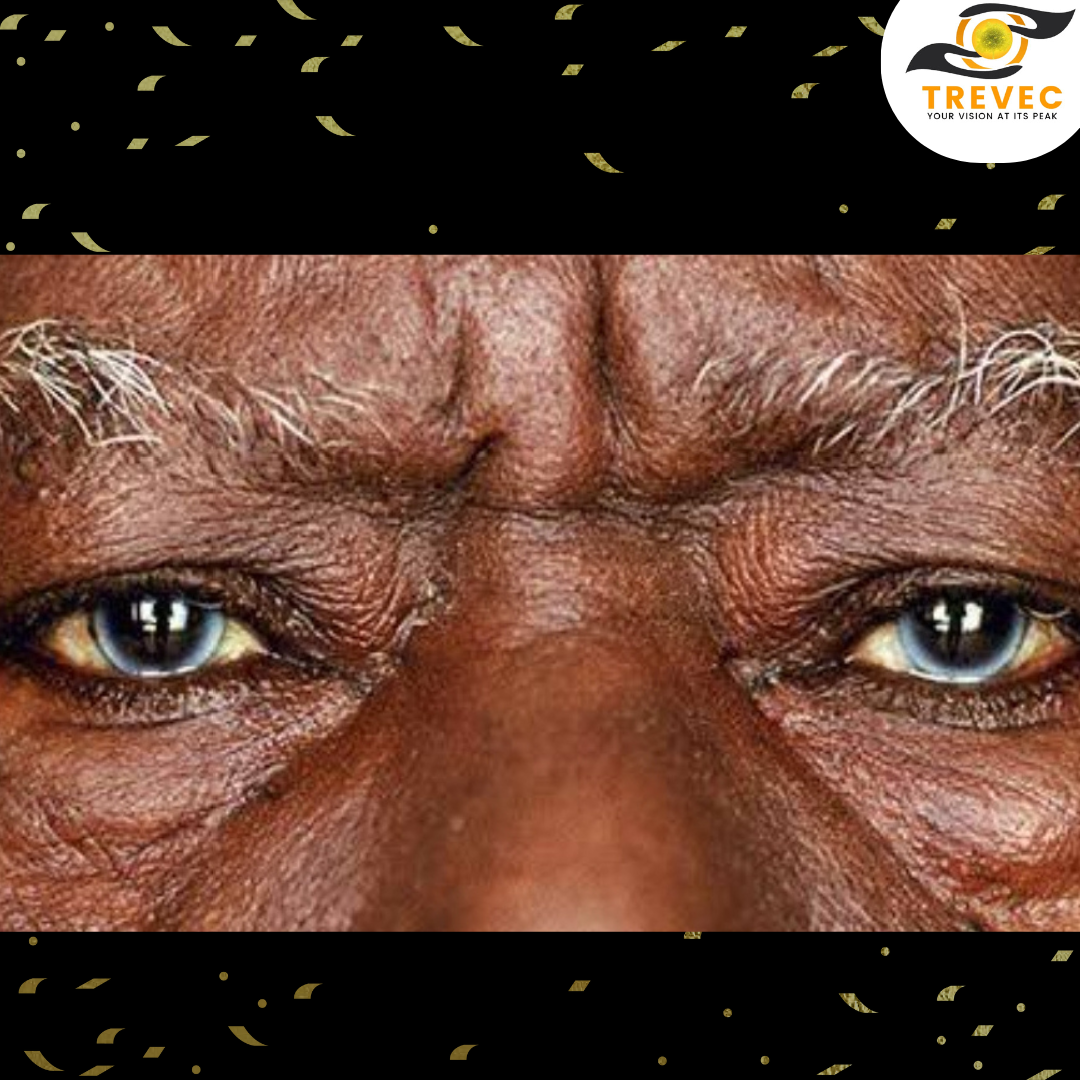In the following sections, let us explore the reasons, signs, and risk factors for age-related eye conditions and how they impact our daily lives.
WHAT CAUSES TO AGE-RELATED EYE CONDITIONS?
As one age, changes in the body may become noticeable. Some of these changes can weaken vision and eyesight. For instance:
I: Tear production decreases after reaching 40, resulting in dry eyes.
II: The breakdown of proteins in the lens occurs with age, leading to the formation of cataracts.
III: The vitreous, a gel-like fluid in the middle of the eye, begins to shrink as one ages, potentially causing floaters or retinal detachment.
IV: As the eye ages, its lens becomes less flexible, which can result in presbyopia or reduced near vision.
As we age, these natural changes in our eyes can impact vision. While aging is natural, some individuals are more susceptible to these eye conditions than others. For example, if a person is observant, one would notice that not all people of the same age wear glasses or experience vision issues, and so on.
RISK FACTORS OF AGE-RELATED EYE CONDITIONS
These risk factors include:
1. Family history
2. Diabetes
3. Hypertension
4. Obesity
5. Smoking
6. UV exposure
7. Poor diet
SOME OF THE MOST COMMON AGE-RELATED EYE CONDITIONS.
Some common age-related eye issues include:
1: Presbyopia ( near work becomes difficult at 40+ years): age-related loss of near vision due to reduced lens flexibility.
2: Senile cataracts (50+ years): Clouding of the lens, affecting vision.
3: Glaucoma (40+ years): Increased eye pressure, damaging the optic nerve.
4: Age-Related Macular Degeneration (AMD)(50+ years): Degeneration of the macula, affecting central vision.
5: Dry Eye Syndrome (40+ years): Reduced tear production, causing dryness and irritation.
6: Floaters and Flashes (50+ years): Sensations of floating spots or flashes of light.
7: Retinal Detachment (50+ years): Separation of the retina from the back of the eye.
8: Diabetes-related retinopathy.
9: Refractive errors: Astigmatism, Farsightedness (hyperopia), and Nearsightedness (myopia).
10: Dry eyes.
11: Low vision.
12: Epiphora (Watery eyes).
WHAT ARE THE SYMPTOMS OF COMMON AGE-RELATED EYE CONDITIONS?
Many individuals with age-related eye diseases do not exhibit symptoms, especially early. However, when symptoms are present, they can make performing daily tasks challenging, although symptoms depend on the specific condition, and they may include:
-Difficulty reading fine details or small print.
– Photophobia (Sensitivity to light)
-Headaches.
-Difficulty judging distances accurately.
-Problems focusing on or switching focus between near and far objects.
-Reduced ability Symptoms
-Cloudy or blurred vision.
-Discomfort, burning eyes, or stinging.
-Producing too many or too few tears.
-Seeing spots or flashes of light in your field of vision.
-Sensitivity to bright light or glare.
-Trouble distinguishing colors (like dark blue and black).
-Tunnel vision (loss of peripheral vision).
-Night blindness (not seeing well at night).
-Tired eyes.
–Double vision
– Eye pain or pressure
– Flashes and floaters of light
– Redness
If you or anyone around you experiences these symptoms, schedule an appointment at TREETOP VISION EYE CENTRE (TREVEC), the top eye clinic in Utako, Abuja.
TREVEC CARES!!!!



Nice one TREVEC 👍👍
Thank you
Great awareness. Thanks Dr for the good works,sir